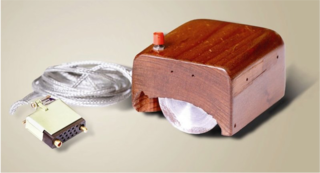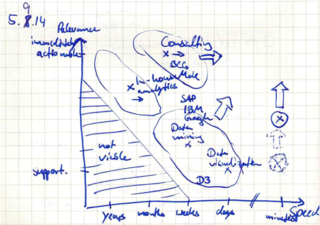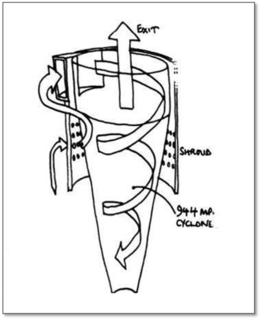
In 1821, Michael Faraday was not yet 30 years old when he discovered the phenomenon of "electromagnetic rotations," or the world's first electric motor.
In the basement of the Royal Institution laboratory, under the light of a few candles, the young scientist discovered that mechanical movement could be generated from electricity (or mechanical energy generated from electrical energy).
Faraday was then studying electromagnetism—discovered a year earlier by polymath Hans Christian Ørsted—and went on to build the homopolar motor, the first electrical motor even built. The motor created a continuous circular motion, caused by the magnetic force around a stiff wire hanging into a glass containing mercury (a great conductor), and a bar magnet at the bottom. The apparatus was connected to a chemical battery, sending electricity through the wire, and making it rotate around the magnet.
Faraday famously noted about his own experiment "very satisfactory, but make more sensible apparatus." Although a great proof of concept, the original motor was not useful. But it marked a critical milestone in the progress of science in the use of electricity. The sustainable generation of electricity has become one of the key milestones in the fight against climate change.




